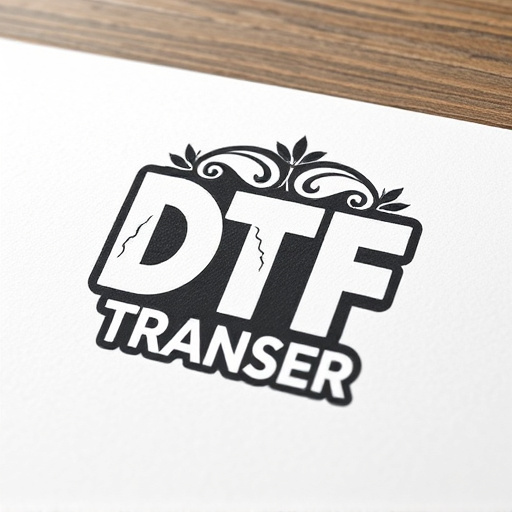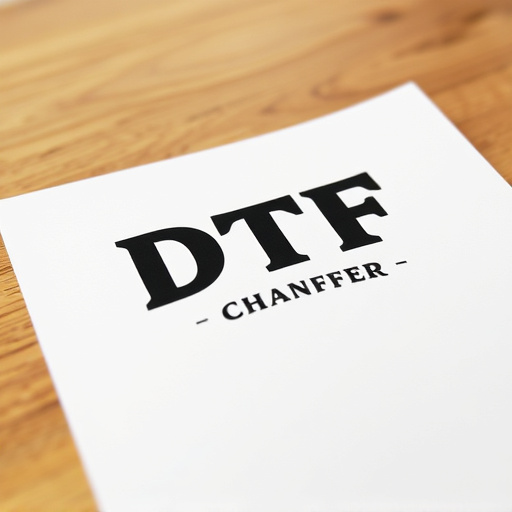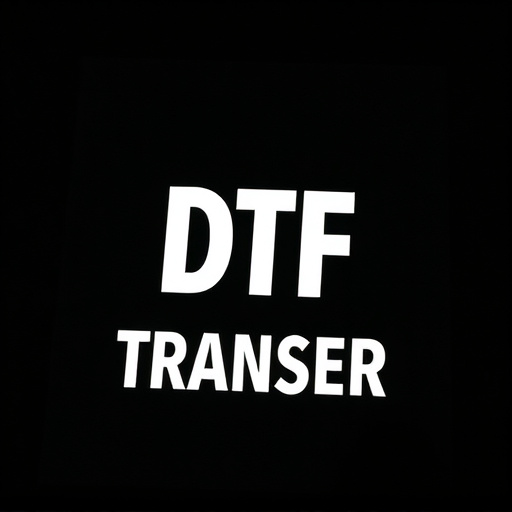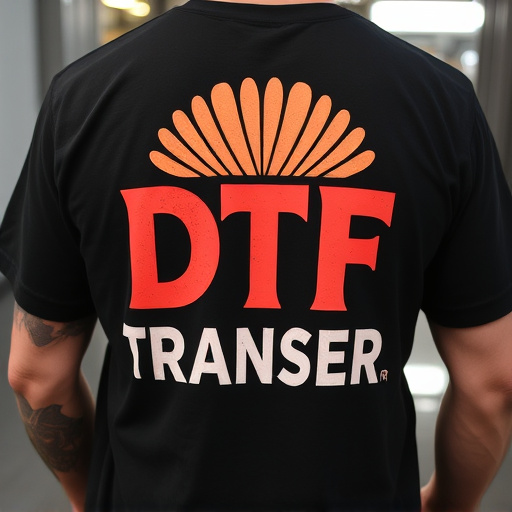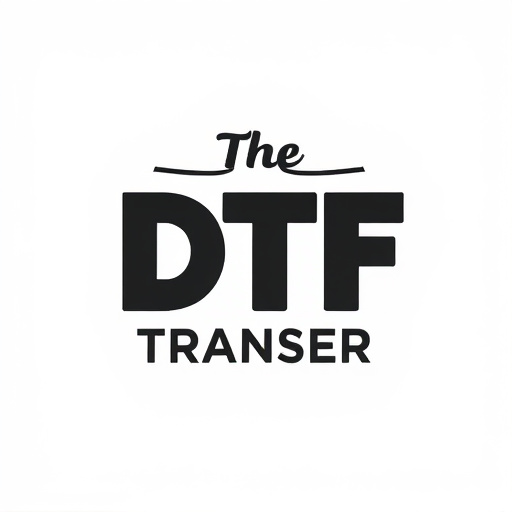Direct-to-Film (DTF) printing leverages specialized materials to offer a cutting-edge, efficient, and high-quality printing solution. By eliminating intermediate steps, DTF achieves exceptional detail, vibrancy, clarity, and color accuracy in prints. Specialized inks and films ensure precise results on various materials, enhancing durability for diverse applications like art, signage, and packaging. This technology streamlines production, reduces waste, and supports eco-friendly practices. Future developments aim to boost durability, color accuracy, and expand material compatibility while exploring more sustainable DTF options.
“Direct-to-film (DTF) transfers are transforming custom print solutions, offering unparalleled versatility and quality. This innovative process involves specialized materials that act as a bridge between ink and various surfaces, enabling precise and vibrant DTF prints. In this article, we explore the science behind these materials, their role in enhancing DTF printing, and their diverse applications across industries. From understanding the fundamentals of DTF transfers to uncovering future trends, get ready to delve into the world of DTF transfer materials.”
- Understanding Direct-to-Film (DTF) Transfers: A Brief Overview
- The Role of Specialized Materials in DTF Printing
- How Ink Adheres to These Surfaces: A Chemical Perspective
- Benefits of Using DTF for Custom Print Solutions
- Common Applications and Industries Adopting DTF Technology
- Future Trends and Innovations in DTF Transfer Material
Understanding Direct-to-Film (DTF) Transfers: A Brief Overview

Direct-to-Film (DTF) transfers are a cutting-edge printing technique that has revolutionized the way we replicate images and artwork. This innovative process involves transferring ink directly onto film, creating high-quality prints with exceptional detail and vibrancy. Unlike traditional printing methods, DTF offers a direct path from digital files to final prints, eliminating many of the intermediate steps involved in standard printing practices.
The DTF process begins with preparing the original image or artwork digitally, ensuring it meets specific technical requirements for optimal transfer. Specialized materials, including high-performance inks and films, play a crucial role in achieving precise and accurate results. These materials are engineered to withstand the rigorous conditions of the transfer process, ensuring that each detail is meticulously replicated on the final print. DTF prints are known for their exceptional clarity, color accuracy, and durability, making them a preferred choice for various applications, from fine art reproduction to commercial printing.
The Role of Specialized Materials in DTF Printing
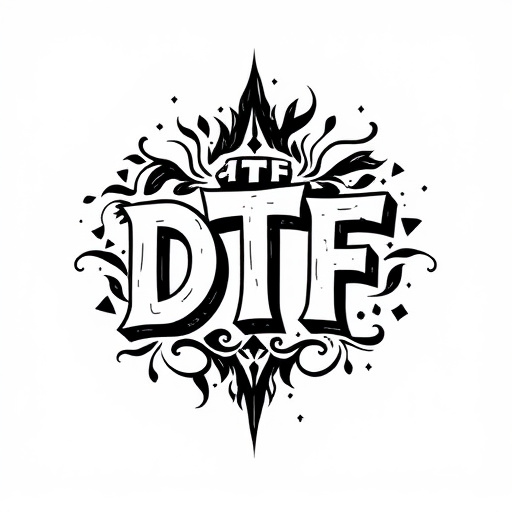
Specialized materials play a pivotal role in enhancing the quality and efficiency of Direct-to-Film (DTF) printing. These innovative substances are meticulously designed to serve as the ideal substrate for ink, ensuring optimal transfer during the printing process. By facilitating precise and vibrant DTF transfers, these materials have revolutionized the way designers and printers create visual content.
In the realm of DTF Printing, the material’s ability to hold ink consistently is paramount. Specialized papers or films are engineered with unique properties that allow them to embrace the inkjet patterns, resulting in high-resolution DTf prints. This technology not only speeds up production but also opens doors for intricate designs and diverse applications, from signage and packaging to art and promotional items.
How Ink Adheres to These Surfaces: A Chemical Perspective
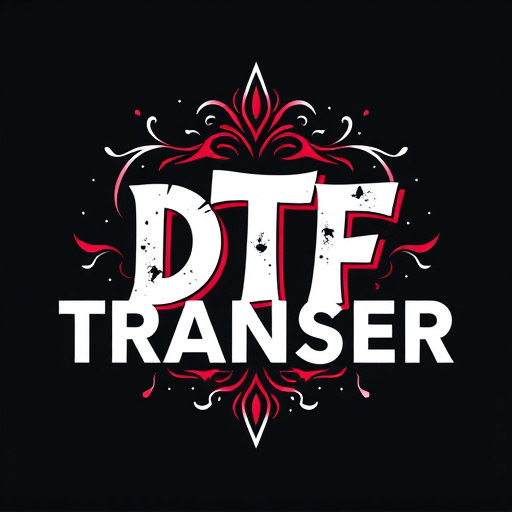
Ink adheres to special materials used for direct-to-film (DTF) transfers through intricate chemical interactions. These surfaces are designed with specific functionalities that enable them to capture and hold ink effectively, ensuring precise DTF prints. The process begins when the ink’s components, primarily consisting of pigments and resins, interact with the material’s surface chemistry. The unique topcoat or primer on these materials provides a chemical anchor point for the ink molecules, allowing them to bond strongly.
This adhesion is further enhanced by the material’s ability to create a micro-roughened or porous structure at the surface level. This texture facilitates increased contact area between the ink and the substrate, promoting better intermingling and stronger retention. As a result, DTF transfers become sharper, more vibrant, and durable, catering to various printing demands across industries.
Benefits of Using DTF for Custom Print Solutions

Direct-to-film (DTF) transfer offers a multitude of benefits for custom print solutions. One of its key advantages is the ability to produce high-quality, long-lasting prints directly on various materials, including vinyl, canvas, and even certain types of fabrics. This eliminates the need for intermediate steps like printing onto paper and then transferring the image, which can introduce imperfections and reduce overall durability. DTF Printing allows for intricate details, vibrant colours, and sharp lines, making it ideal for creating visually stunning designs that are resistant to fading.
Additionally, DTF Transfer enables faster production times and reduced waste compared to traditional printing methods. The process is highly efficient, as it involves direct application of ink onto the desired surface, minimizing material wastage. This makes DTF Printing an eco-friendly option, particularly for small batch runs or one-off projects where flexibility and speed are essential. Moreover, DTF Prints can be easily customized, allowing businesses and individuals to create unique, personalized products with intricate artwork and images.
Common Applications and Industries Adopting DTF Technology
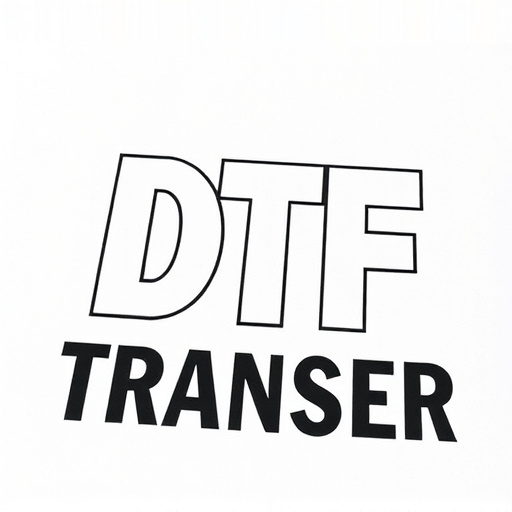
Direct-to-film (DTF) technology has found its way into various industries, revolutionizing printing and transfer processes. One of the most common applications is in the garment industry, where DTF allows for high-quality, vibrant prints on textiles directly from digital files. This method eliminates the need for traditional screen printing set-ups, making it an efficient and cost-effective solution for small batch production and custom designs.
Additionally, DTF transfers are widely used in signage and advertising. The technology enables the creation of intricate and detailed designs for outdoor billboards, window displays, and promotional banners. With its ability to produce sharp images and handle various materials, DTF printing has become a game-changer for businesses seeking to create impactful visual content for their marketing campaigns.
Future Trends and Innovations in DTF Transfer Material
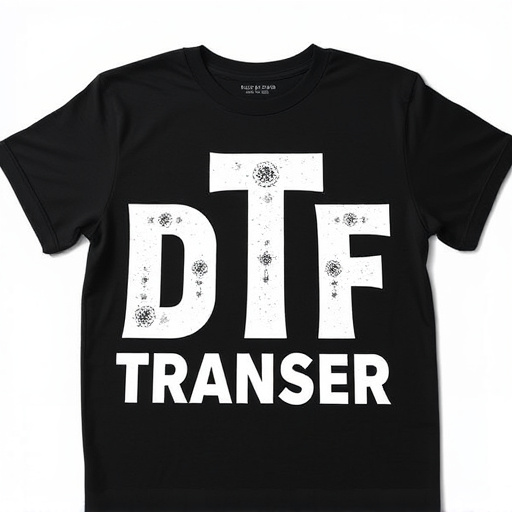
As technology continues to advance, future trends in DTF transfer material promise exciting developments for the printing industry. Researchers and manufacturers are exploring new materials that offer enhanced durability, improved color accuracy, and wider application ranges. For instance, there’s a growing interest in developing eco-friendly alternatives to traditional DTF inks, with an emphasis on solvent-based and water-based options that reduce environmental impact without compromising quality. These innovations cater to the increasing demand for sustainable printing practices, aligning with global efforts towards greener production methods.
Additionally, advancements in substrate materials are expected to revolutionize DTF printing. Newer substrates could offer improved dimensional stability, better adhesion, and enhanced flexibility, expanding the possibilities for creating intricate and visually stunning DTF prints. With the rise of personalized and on-demand printing services, these innovations aim to make DTF technology more accessible and versatile, catering to a broader spectrum of users from professional designers to hobbyists.



